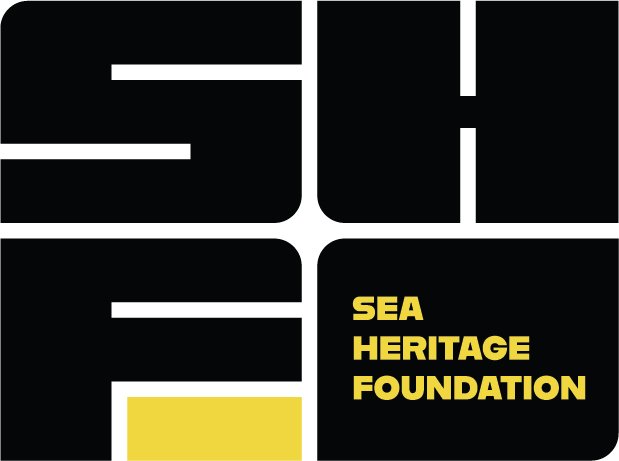Historical Significance report
The Sea Heritage Foundation was awarded a Community Heritage Grant through the National Library of Australia. The purpose of this grant was to conduct an independent significance assessment on the vessel and archives. For this job, the board engaged the services of Christine Yeats a professional archivist.
She worked closely with Warwick Riddle and Tracy Grover to understand the history of the ship, and the Commonwealth Lighthouse Service. Many hours were spent observing and understanding the hundreds (if not thousands) of items in our collection.
The board has received her very favourable report which states, “The collection plays a vital role in ensuring the ongoing preservation, research and dissemination of the history of the MV Cape Don. This in turn contributes to the knowledge and appreciation of the important role the ship played in servicing the manned lighthouses on the coast of Australia. Consequently, much of the collection has national, social, historical, and research significance. Examples include the charts, plans files, and manuals for the equipment, objects, textiles, and other items. Some items also have aesthetic significance such as paintings and drawings and craft works created by crew members.
Because of its historical significance, the ongoing research value of the entire collection is considerable. The social significance of the collection is substantial because of its strong association with Australia’s maritime history. This is evidenced by the support the MV Cape Don Society has received in its goals of preserving, restoring, and educating the wider community about the ship....
...In summary, objects and archives from the MV Cape Don are significant and crucial for preserving and interpreting Australia’s history of manned lighthouses and the important role they play in educational and community engagement efforts.
This is a massive achievement with many hours of work put in. Thank you Christine, Warwick, and Tracy for their efforts.
The collection is in the early stages of being digitised so that it is searchable and viewable online, again this will be a long process. If you are interested in helping out we always welcome new volunteers.
“What is a Significance Assessment?
A significance assessment is a process that helps determine the importance of an object or collection to a museum or institution. It’s important to understand the significance of an object because it helps with:
Collection management - help with decision-making, such as prioritizing projects, revising policies, and deaccessioning objects.
Communication - help communicate the value of an object or collection to stakeholders, management, and funders.
Understanding the collection - help understand the context of collections, and the patterns, strengths, and weaknesses of the collection.
Conservation and interpretation - help determine how to conserve and interpret an object.
Grant applications - can help justify requests for grants for conservation, interpretation, and display.
Involving the community - can help museums involve the community in their significant objects.
Significance assessments consider the history, uses, social and spiritual values of an object. They also consider the object’s aesthetic significance, such as whether it’s well-designed, original, or innovative. In Australia, the guide Significance 2.0 is used to help determine the significance of cultural and heritage objects. ”

